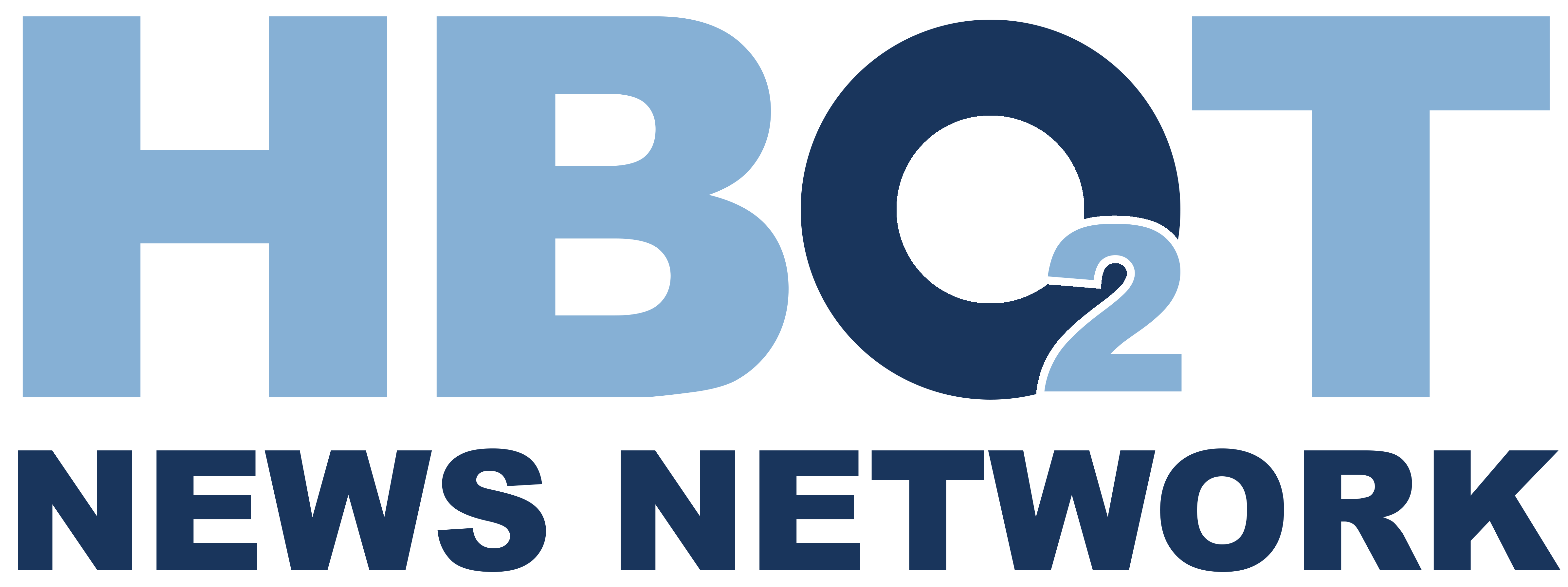Abstract:
The treatment and management of children with cerebral palsy is an ever-evolving story. In the past 20 years, a number of exciting innovations in treatment have expanded the opportunities to help children. At the same time, the field has experienced a remarkable proliferation of "alternative" therapies-approaches based on ideas about the biologic basis of neurodevelopmental disabilities and their management that differ considerably from conventional thinking in Western medicine. Professionals working with children with cerebral palsy and their families are frequently asked for an opinion about or even endorsement of these new and "promising" approaches to therapy. These can be very difficult to provide when the evidence is limited, peer-reviewed reports are scarce, and the primary source of information is the World Wide Web. The purposes of this article are to discuss briefly why it can be difficult to ascertain whether any treatment–conventional or alternative–does more harm than good, and to consider what rules of evidence can be applied to make a sound judgment about a new treatment. The article then discusses several current controversial alternative therapies, reviewing the available literature and offering a critical appraisal of each. Topics addressed include hyperbaric oxygen therapy, conductive education, the Adeli suit, and therapeutic (subthreshold) electrical stimulation because these approaches have been applied to children with cerebral palsy.
Rosenbaum, , , , , , , , (2003). Controversial treatment of spasticity: exploring alternative therapies for motor function in children with cerebral palsy. Journal of child neurology, 2003 Sep;18 Suppl 1():S89-94. https://www.ncbi.nlm.nih.gov/pubmed/13677574
